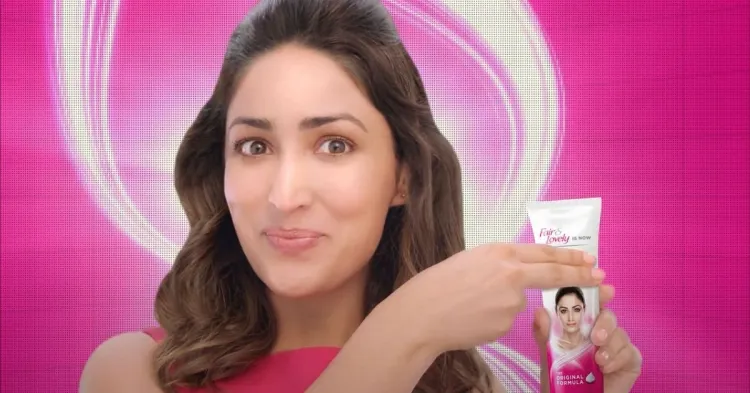Overview of Fair & Lovely Cream and Its Production Process...!!!
Fair & Lovely cream is a widely-used skin-lightening product aimed at improving skin tone and reducing dark spots. Its manufacturing process includes sourcing high-quality ingredients, precise mixing, emulsification, filling, packaging, and strict quality control. While the cream has faced criticism for promoting unrealistic beauty standards, efforts have been made to address these concerns and focus on overall skin health.

Fair & Lovely is a well-known skin-lightening cream primarily marketed in South Asia. Introduced in 1975 by Hindustan Unilever Limited (HUL), it has become a leading brand in the fairness cream market. The cream is formulated to reduce dark spots, enhance skin tone, and provide a lighter complexion.
Key Ingredients
Fair & Lovely cream combines several active ingredients that work synergistically to lighten the skin. Notable components include:
-
Hydroquinone: A skin-lightening agent that reduces melanin production, thereby diminishing dark spots and hyperpigmentation.
-
Tretinoin: A vitamin A derivative that promotes skin cell turnover, aiding in the fading of dark spots and improving skin texture.
-
Glycolic Acid: An alpha hydroxy acid that exfoliates the skin, removing dead cells and promoting a smoother complexion.
-
Niacinamide: A form of vitamin B3 that helps even out skin tone and reduce dark spots.
-
Ceramide: A lipid molecule that restores the skin's barrier function, keeping it hydrated and healthy.
/bmi/media/post_banners/193041314f0f4d801e7bd1cb80303b8f1faf34a8d9adaceaeb60d81ab3bdf556.jpg)
Production Process
The manufacturing of Fair & Lovely cream involves several meticulous steps to ensure its quality and efficacy. Here's a breakdown of the process:
-
Raw Material Sourcing: Ingredients are procured from reputable suppliers and undergo stringent quality checks to meet required standards.
-
Mixing: Active ingredients, such as hydroquinone, tretinoin, glycolic acid, niacinamide, and ceramide, are precisely measured and blended in a controlled environment. This ensures optimal proportions and effectiveness.
-
Emulsification: The mixture is emulsified to create a smooth, uniform cream. This step involves combining oil and water-based ingredients to form a stable emulsion, crucial for achieving the desired texture and consistency.
-
Filling and Packaging: The emulsified cream is filled into individual containers, like tubes or jars, designed to protect the product from contamination and ensure its shelf life.
-
Quality Control: Each batch undergoes rigorous quality control tests, including checks for pH level, viscosity, and stability, to ensure the product meets company standards.
-
Labeling and Distribution: Once passing quality control, the cream is labeled with necessary information, such as ingredients, usage instructions, and expiration date. It is then distributed to retail outlets and online platforms.
Usage and Benefits
Fair & Lovely cream is designed to lighten dark spots, improve skin tone, and provide a fairer complexion. It should be applied to clean, dry skin, preferably at night, to maximize the efficacy of its active ingredients. Regular use can help reduce dark spots and enhance overall skin texture.
Controversies and Criticisms
Over the years, Fair & Lovely has faced criticism for promoting unrealistic beauty standards and reinforcing colorism—discrimination based on skin color. Concerns have also been raised about hydroquinone's long-term effects on skin health.
In response, Fair & Lovely rebranded to "Glow & Lovely," shifting its focus to promoting skin health and glow rather than fairness. The company has also removed hydroquinone from formulations in certain markets.
Fair & Lovely cream is a widely-used skin-lightening product aimed at improving skin tone and reducing dark spots. Its manufacturing process includes sourcing high-quality ingredients, precise mixing, emulsification, filling, packaging, and strict quality control. While the cream has faced criticism for promoting unrealistic beauty standards, efforts have been made to address these concerns and focus on overall skin health.
What's Your Reaction?

















